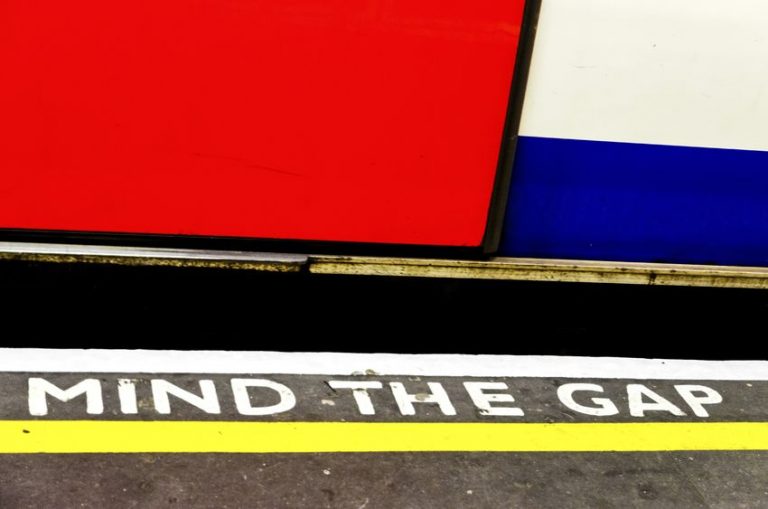Choose Wisely for Financial Success
By Paula Raven, Director of Operations, Meritize
When students consider getting a private educational loan, many do not understand perhaps the most important thing to consider – repayment options. When choosing a loan, students generally have three repayment options – full deferment while in school, interest-only payments, and full payments while in school. Each of these repayment plans give students a different way to manage their finances, both now and in the future, and what is best for one person may not be best for another so it’s important to understand how each works.
Before we explore these options, let’s talk about how your interest is calculated. When you take out a loan, interest is charged each month on the principal (the original loan amount) usually starting from the time that funds are applied to your school account. Thus, your decision about when to start paying and how much you want to pay has a huge impact on the overall cost of your loan.
Fully Deferred payments
This option allows you to hold off paying anything on your loan until after you have graduated (or left school), plus any grace period that may be given. All interest is accrued during your school tenure and added to the principal part of your loan after the deferment period. This option is popular because many students like the idea of not having to pay while in school when their incomes may be strained.
Interest-Only Payments
With this option, you’ll be required to pay only the monthly interest charged on the principal balance, and you’ll pay on the principal amount after you graduate. While you’re in school, the principal balance will remain the same because you are paying the interest that accrues. After you graduate, and following any additional grace period your loan allows, you’ll begin full loan payments, which will include both interest and principal. The benefit of this option is that it keeps your monthly payments low and affordable until you can work full time and pay off your loan.
Full Payments While in School
With this option, you’ll be required to make full payments during your time in school, paying the interest as well as part of the principal. The benefit of this option is that it cuts down on the overall “cost” of the loan since the principal balance will go down with the very first monthly payment and continue to reduce as you go through school. Of course, many students cannot afford to start paying their loans before getting a full-time job in their chosen profession. So, if you choose to hold off paying the full interest and principal on your student loan, you’re not alone by any measure.
What does this look like in real terms? Let’s use an example of a $10,000 loan. For ease of understanding, we’ll use an interest rate of 10% and a term of 10 years. Let’s assume the student will be in school for 11 months and have a grace period of three months after graduation to find a job. Here is what the same loan looks like with the three different repayment options.
| Repayment Option | Monthly Payment |
Interest Accrued During Deferment |
Time to Repay |
Total Cost of the Loan |
|
| Fully Deferred Payments | $148 | $1,167 | 134 months | $17,708 | |
| Interest-Only Payments | $83/$132 | $0 | 134 months | $17,025 | |
| Full In-School Payments | $132 | $0 | 120 months | $15,858 |
This illustrates the benefits of paying your loan down as fast as your situation will allow. Which brings us to the point of required versus optional payments. If you re-read the descriptions for the fully deferred and interest-only options, you will note the word “required” comes up in terms of the minimum you must pay. There are required payments, but that shouldn’t stop you from making additional payments whenever possible. Payments above and beyond required payments will shorten the length of time to pay off the loan, reduce the overall interest accrued and, as a result, further reduce the total cost of the loan. That’s a good thing.
So even if you fully defer your payments, you can still make some small payments, which will benefit you financially in the end.
Whatever repayment option you choose, make sure you understand the terms of your loan very clearly so that you know what you have to pay and when you have to pay it.




